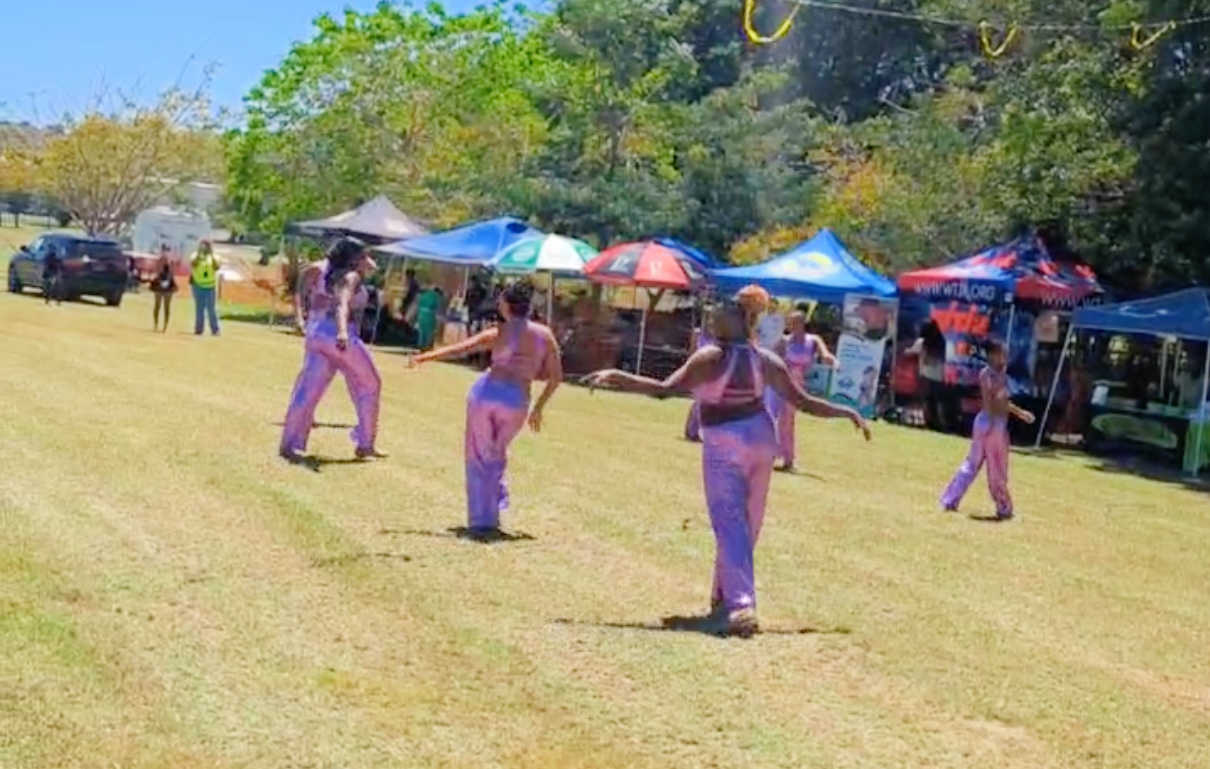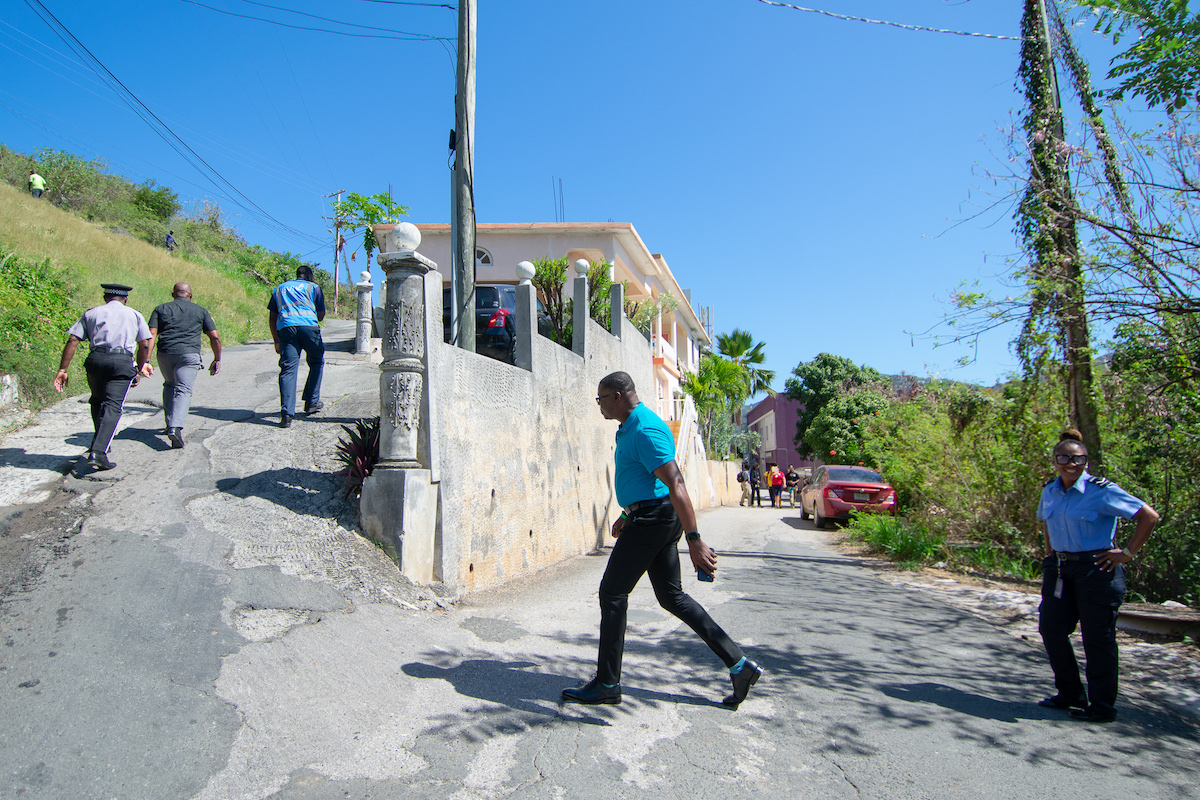

A quarter after 10 a.m. last Thursday, sirens rang out across the territory, signaling residents to get to higher ground for a tsunami drill.
All told, 6,854 people in the Virgin Islands participated in the Caribe Wave 2025 tsunami exercise, according to the Department of Disaster Management.
Such drills are an important way for people to test their emergency plans, said DDM Director Jasen Penn.
“We see these evacuation signs, but unless you actually take the time to walk to your evacuation route — walk with your groups, time yourselves, get to the safe locations — I think it’s only at that time when you really realise the seriousness of it if you had to do it for real,” Mr. Penn said.
DDM Information and Education Manager Chrystall Kanyuck-Abel added that it’s important to practise each year.
“Even though the safety advised from year to year doesn’t change, your profile of who’s in your office, who’s on your team, might,” she said.
Among the participants last Thursday was Jacinth Ward, who walked up Russell Hill with her co-workers.
“If we get in the habit of doing this when the alert goes off, then we are always ready,” said Ms. Ward, who takes part in the exercise each year.
Roslyn Gilbert, who also walked up Russell Hill, was participating for the first time.
“I’m glad I did it so I can have the experience of what’s going on and where the meeting point is,” she said.

Scenario
Like the other participating jurisdictions, which included several Caribbean islands and some states in the United States, the VI had the choice of two scenarios to simulate in the exercise. It chose the simulation of a tsunami generated by a magnitude-8.0 earthquake along the Enriquillo-Plantain Garden Fault Zone, which is near the Dominican Republic.
The other option was a tsunami generated by a magnitude-8.5 earthquake located approximately 270 kilometres off the Portugal coast.
Given the scenario the VI chose, the tsunami would have hit the territory about three hours after the 10 a.m. earthquake.
The annual tsunami drills began in the VI in 2009, according to Ms. Kanyuck-Abel.
Tsunami advisory
Though a tsunami has not hit the VI in recent history, a tsunami advisory was issued on Feb. 8 following at 7.6-magnitude earthquake north of Honduras. The advisory, however, was cancelled shortly thereafter, and no tsunami arrived.
“I think the public did what they were supposed to do in the sense that we tried to get them the information that was needed,” Mr. Penn said.
Ms. Kanyuck-Abel added that she noticed during this year’s drill that people seemed more “sensitive to the reality of [tsunami] risk.”
She also noted that the DDM provides assistance, including testing and giving feedback, for people and businesses looking to develop or strengthen their emergency plans.
Public alerts
Ms. Kanyuck-Abel said she was surprised to hear that some residents did not receive an alert from their cell provider about the drill.
“We have MOUs with all the local cell phone providers, and they do issue mass alerts to their users,” she said.
However, she added that the VI does not have the telecommunications infrastructure to allow the DDM to send cell phone broadcasts itself.
Mr. Penn encouraged residents to download the DDM app, subscribe to the DDM social media channels on WhatsApp and Facebook, and visit the agency’s website to stay up to date on disaster information.
Related News
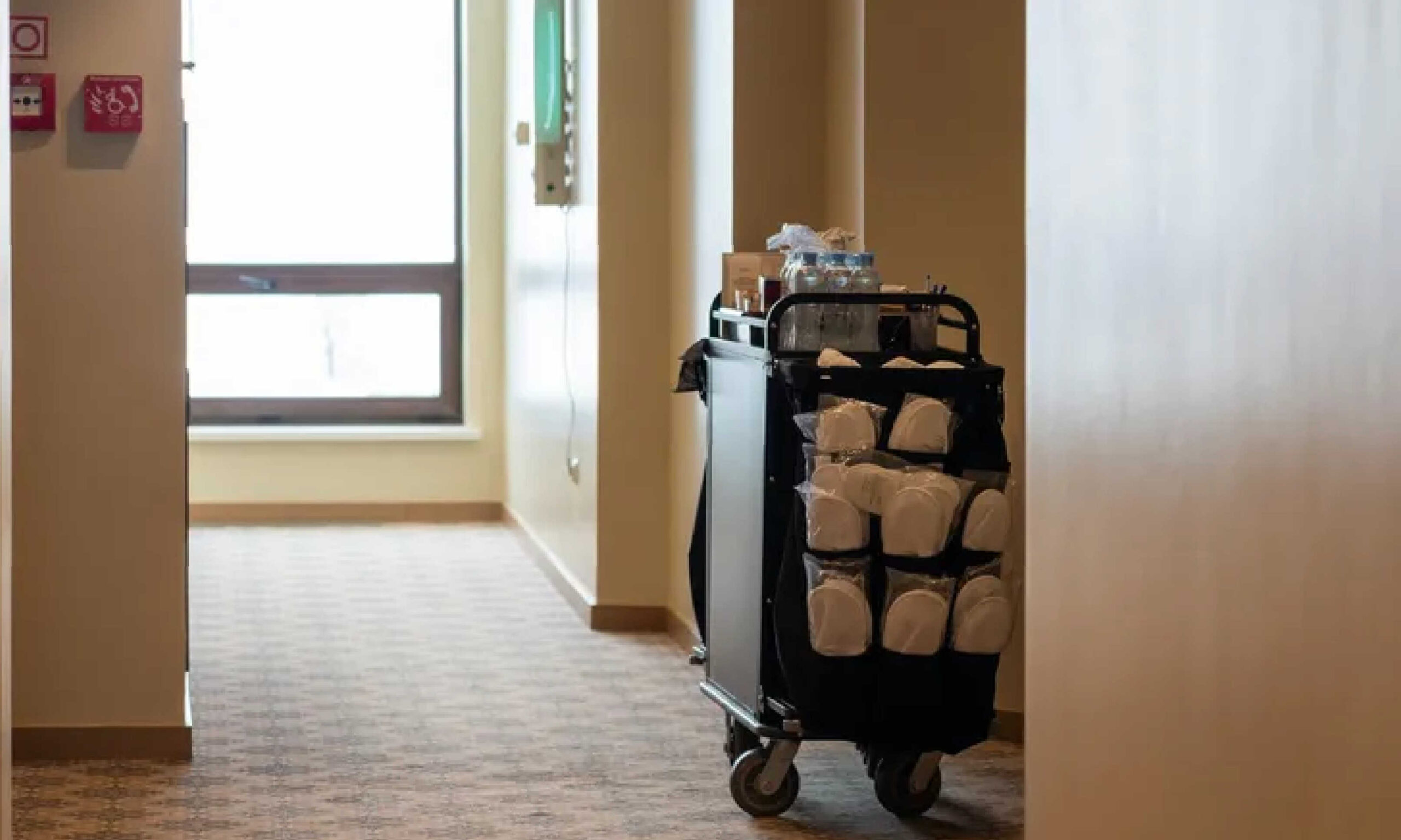
USVI Faces Skilled Labor Shortages as Immigration Crackdown Affects Workforce
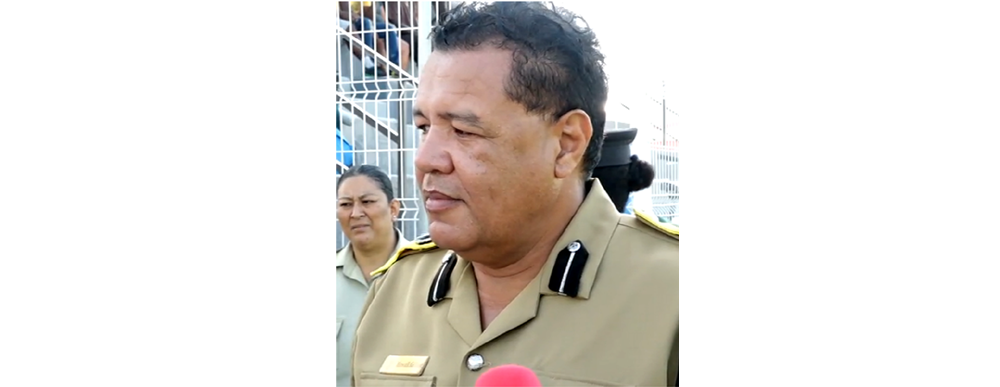
Police Department hosts Drum Line Competition
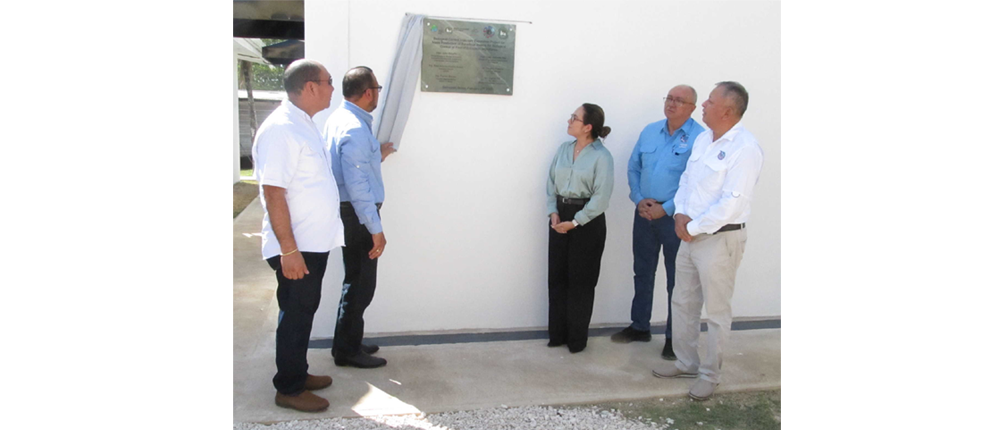
Belize expands its biological control of pests
